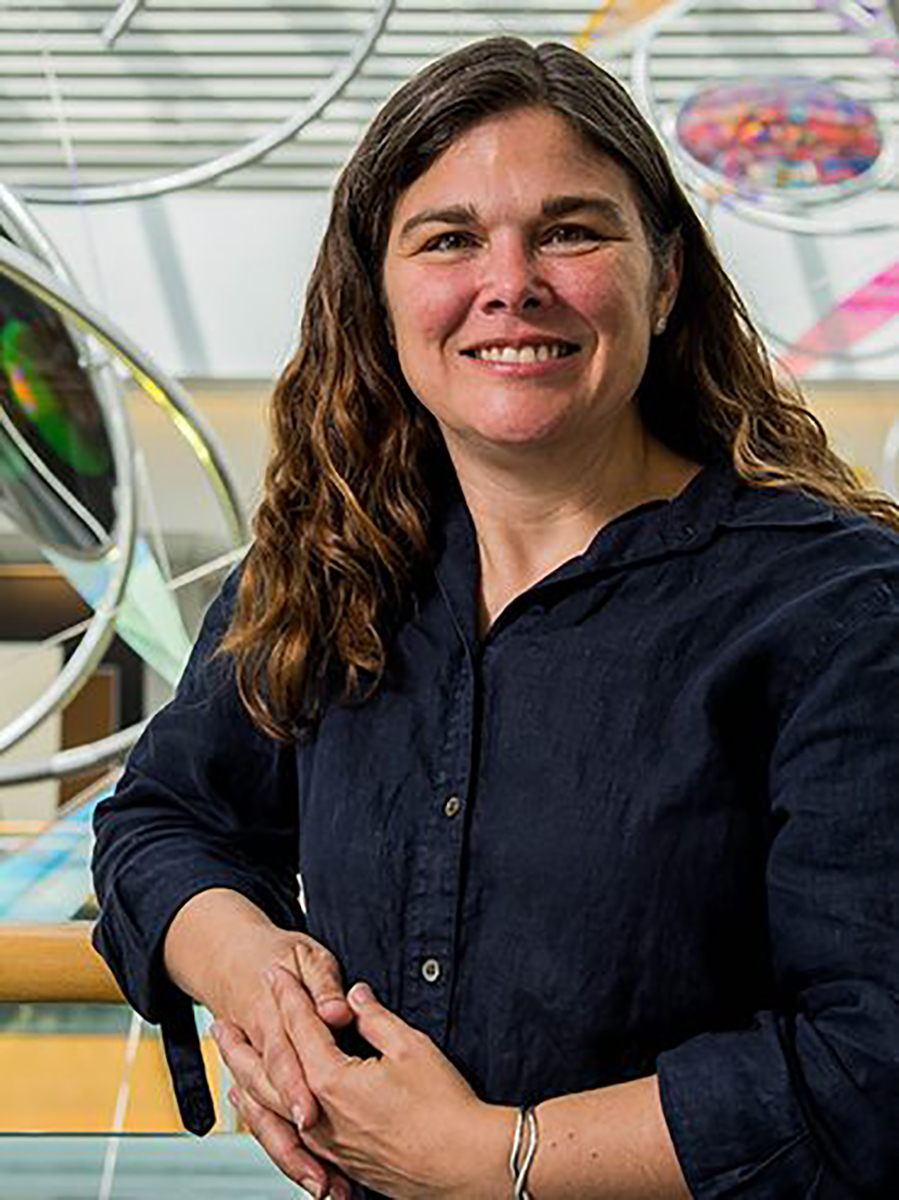Profile
Our group studies development, regeneration and disease in mammalian skeletal muscle, with a focus on extracellular signaling pathways that modify muscle stem cell behavior. These tissue-specific stem cells (satellite cells) are necessary for muscle regeneration, and follow a characteristic pattern of activity in response to local muscle damage. In uninjured muscle they rest in a quiescent, nonproliferative state between the cell membrane of their host muscle fiber and the basal lamina surrounding it. Unlike the majority of adult stem cells, satellite cells do not have a highly organized ‘niche’ to regulate their proliferation and self-renewal. When they sense muscle damage, satellite cells are activated out of quiescence, upregulate muscle-specific genes, and proliferate to form a pool of replacement myoblasts that will eventually differentiate into new muscle cells to repair or replace muscle tissue that has been lost or damaged. Satellite cells that are not directly in the damaged area can be activated as well and recruited to the site to participate in muscle regeneration. The signaling molecules controlling satellite cell activation, proliferation, migration, differentiation, and self-renewal are produced by the muscle fibers, muscle fibroblasts, inflammatory immune cells, and the satellite cells themselves, and are dynamically expressed in space and time. Our ‘big picture question’ is how satellite cells integrate and respond to extracellular signals in order to rapidly, efficiently, and repeatedly respond to muscle damage or disease. Recently, our research has centered on satellite cell motility and migration. We are working to identify soluble factors released during muscle damage that would promote satellite cell motility and recruitment; matrix-modifying factors that would allow satellite cells to travel through the extracellular matrix; and guidance factors that would direct satellite cell migration pathways and facilitate self-sorting. We study satellite cells from wildtype and disease models of mouse, dog, and human in culture using timelapse microscopy, immunohistochemistry, and gene expression assays, as well as in vivo models of muscle injury and disease in mouse. We also study satellite cell interactions with nonmuscle cells including neurons, glia, macrophages, and interstitial cells. Potential applications of our work are improving cell transplant therapies for conditions such as Duchenne’s muscular dystrophy; our research is funded by the Muscular Dystrophy Association and the National institutions of Health.
Academic Information
Office
340F Bond Life Sciences Center
Columbia, MO 65211
United States
Research Interests
- Signaling and activity of skeletal muscle satellite cells
Areas of Expertise
- Cell Biology
- Developmental Biology
- Stem Cell Biology
- Muscle Biology
Education & Training
Post-Graduate School
1998, PhD, California institution of Technology
Awards & Honors
- 2017 Recipient of the Presidential Early Career Award for Scientists and Engineers (PECASE)
- Standing Member of Skeletal Muscle & Exercise Physiology (SMEP) study section, NIH
- Outstanding Undergraduate Research Mentor Award 2015
- College of Arts and Sciences Purple Chalk Award for Excellence in Teaching 2011
Publications
- Villalón, E., Jones, M.R., Sibigtroth, C., Zino, S.J., Dale, J.M., Landayan, D.S., Shen, H., Cornelison, D.D.W., Garcia, M.L. Muscle spindle alterations precede onset of sensorimotor deficits in Charcot–Marie–Tooth type 2E (2017) Genes, Brain and Behavior, 16 (2), pp. 260-270.
- Gu JM, Wang DJ, Peterson JM, Shintaku J, Liyanarachchi S, Coppola V, Frakes AE, Kaspar BK, Cornelison DD, Guttridge DC: An NF-κB - EphrinA5-Dependent Communication between NG2+ Interstitial Cells and Myoblasts Promotes Muscle Growth in Neonates. Developmental Cell 2016, 36(2):215-224.
- Bustos F, De La Vega E, Cabezas F, Thompson J, Cornelison DDW, Olwin BB, Yates JR, Olguín HC: NEDD4 Regulates PAX7 Levels Promoting Activation of the Differentiation Program in Skeletal Muscle Precursors. Stem Cells 2015, 33(10):3138-3151.
- Stark DA, Coffey NJ, Pancoast HR, Arnold LL, Walker JPD, Vallée J, Robitaille R, Garcia ML, Cornelison DDW: Ephrin-A3 promotes and maintains slow muscle fiber identity during postnatal development and reinnervation. Journal of Cell Biology 2015, 211(5):1077-1091.
- Parker KE, McCabe MP, Johns HW, Lund DK, Odu F, Sharma R, Thakkar MM, Cornelison DDW, Will MJ: Neural Activation Patterns Underlying Basolateral Amygdala Influence on Intra-Accumbens Opioid-Driven Consummatory Versus Appetitive High-Fat Feeding Behaviors in the Rat. Behavioral Neuroscience 2015, 129(6):812-821.
- Bentzinger CF, von Maltzahn J, Dumont NA, Stark DA, Wang YX, Nhan K, Frenette J, Cornelison DDW, Rudnicki MA: Wnt7a stimulates myogenic stem cell motility and engraftment resulting in improved muscle strength. Journal of Cell Biology 2014, 205(1):97-111.
- Lund DK, Mouly V, Cornelison DDW: MMP-14 is necessary but not sufficient for invasion of three-dimensional collagen by human muscle satellite cells. American Journal of Physiology - Cell Physiology 2014, 307(2):C140-C149.
- HHettmer S, Li Z, Billin AN, Barr FG, Cornelison D, Ehrlich AR, Guttridge DC, Hayes-Jordan A, Helman LJ, Houghton PJ et al: Rhabdomyosarcoma: Current challenges and their implications for developing therapies. Cold Spring Harbor Perspectives in Medicine 2014, 4(11).
- Lund DK, Cornelison DDW: Enter the matrix: Shape, signal and superhighway. FEBS Journal 2013, 280(17):4089-4099.
- Farina NH, Hausburg M, Betta ND, Pulliam C, Srivastava D, Cornelison DDW, Olwin BB: A role for RNA post-transcriptional regulation in satellite cell activation. Skeletal Muscle 2012, 2(1).


